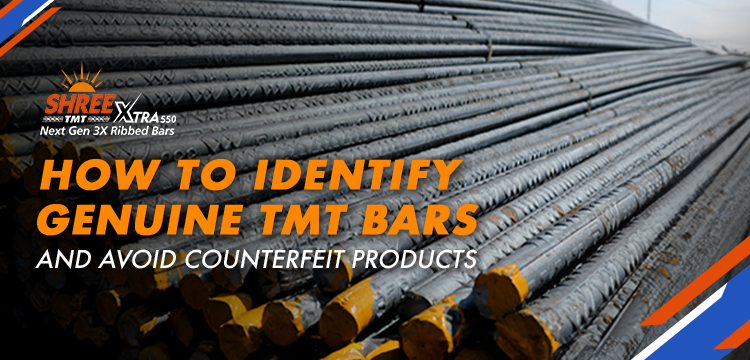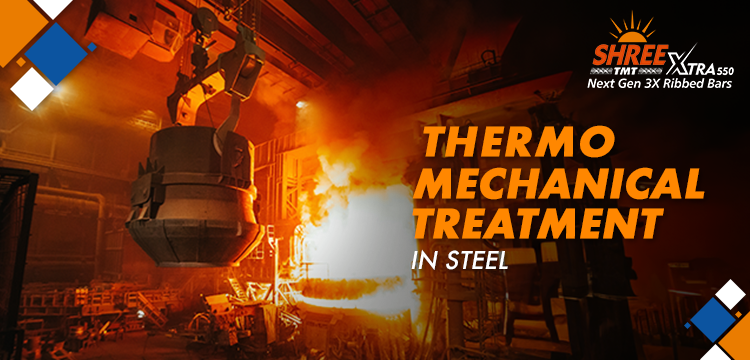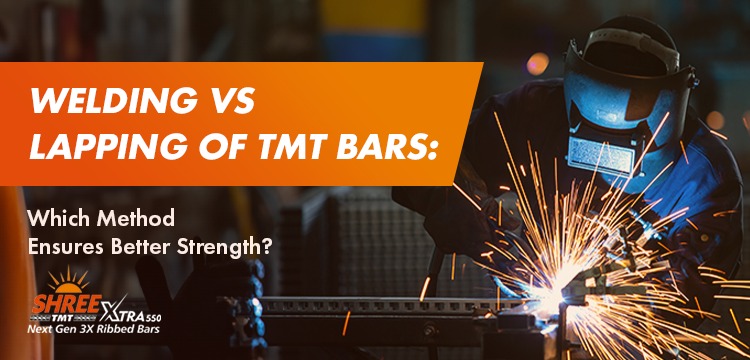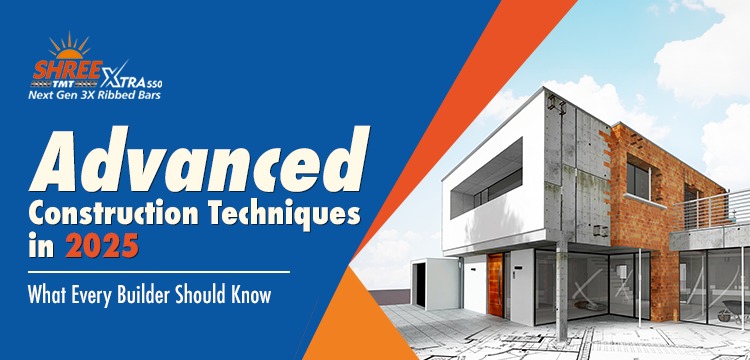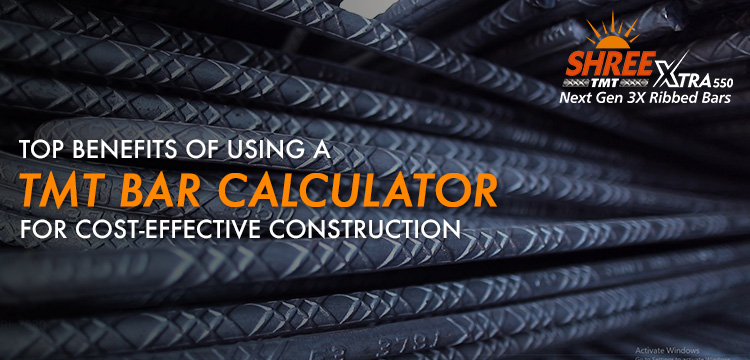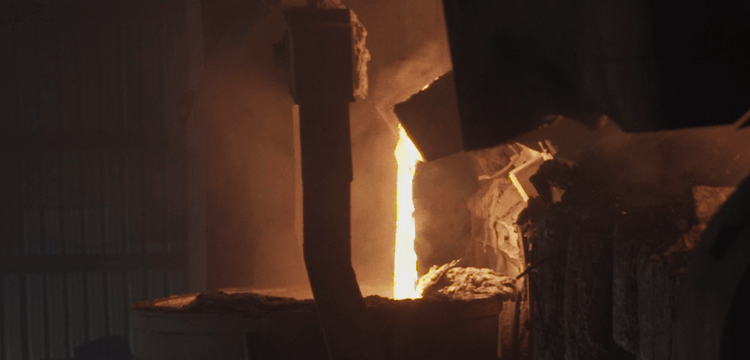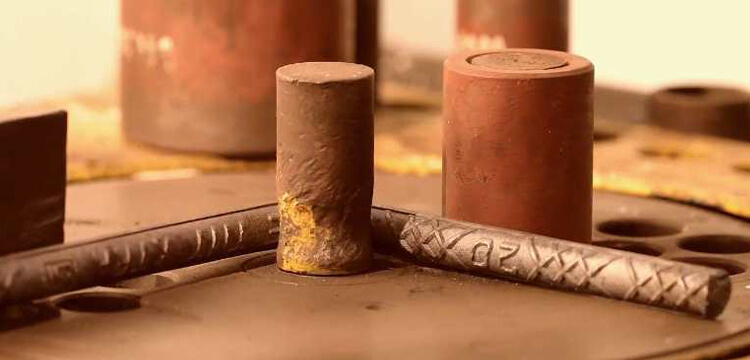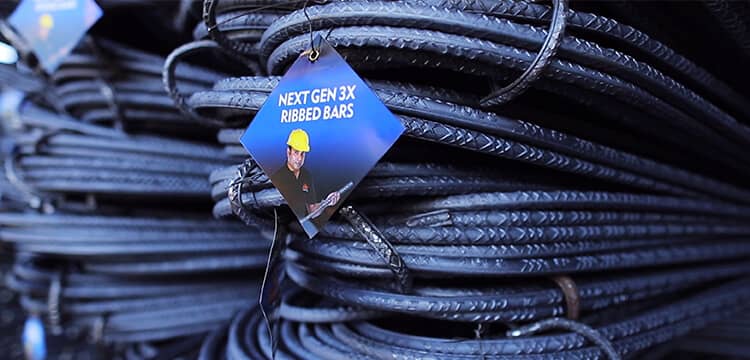How to Identify Genuine TMT Bars and Avoid Counterfeit Products [Guide]
Within the construction landscape, the challenge of counterfeit TMT (Thermo-Mechanically Treated) bars concerns every stakeholder in the industry. With structural integrity at stake, knowing how to identify authentic TMT bars is crucial for construction professionals, engineers, and homeowners alike.
Essential Authentication Markers
When purchasing TMT bars, look for these critical identifiers that distinguish genuine products:
BIS Certification Mark: Every authentic TMT bar must carry the mandatory Bureau of Indian Standards (BIS) certification mark with a unique license number. This marking appears at regular intervals along the bar’s length, serving as your first guarantee of authenticity. These license numbers can be verified directly on the Bureau’s official website.
Brand Identification: Genuine TMT bars feature distinct manufacturer branding rolled onto the surface. Look for clear, consistent branding that shows quality manufacturing processes. Be cautious of similar-looking names or slight variations, as these often indicate counterfeit products.
Surface Pattern Analysis: Quality TMT bars are distinguished by precise rib pattern designs. These ribs maintain uniform spacing and depth, creating a consistent geometric pattern throughout the bar’s length. This precision engineering isn’t just for identification – it ensures optimal bonding with concrete for superior structural performance.
Physical Properties and Testing
Authentic TMT bars demonstrate several key physical characteristics:
Weight Conformity: Each diameter of TMT bars must adhere to strict weight specifications. Always verify the weight against standard specifications, available through authorized dealers.
Surface Quality: Genuine TMT bars showcase a distinctive surface finish, resulting from advanced thermal treatment processes. This characteristic appearance helps distinguish quality products from substandard alternatives.
Risks of Using Counterfeit TMT Bars
Using non-genuine TMT bars can lead to severe consequences:
Structural Safety: Counterfeit bars typically lack the engineered strength properties that make genuine TMT bars reliable for construction. This compromises building safety, especially during seismic events or under design loads.
Economic Impact: While counterfeit products might seem cost-effective initially, they result in substantial long-term expenses through repairs, reinforcement requirements, and potential structural failures.
Regulatory Compliance: Non-standard materials can violate building codes, leading to project delays and legal complications that no constructor can afford.
Ensuring Authentic Purchases
To guarantee you’re getting genuine TMT bars:
- Source exclusively through authorized dealer networks
- Request and maintain proper documentation, including manufacturer test certificates
- Verify product authenticity through dealer verification systems
- Look for official warranty documentation
Conclusion
Quality in construction isn’t just about meeting standards – it’s about ensuring the safety and longevity of structures that shape our world. At Shree TMT, we understand this responsibility deeply. Our state-of-the-art manufacturing facility produces TMT bars that meet and exceed industry standards, backed by our commitment to quality that spans decades. Shree TMT elevates steel quality by incorporating meticulously chosen additives, fine-tuning its chemical composition, reinforcing its overall excellence, and producing steel that complies with the rigorous IS 1786 (2008) standards. When choosing TMT bars for your next project, remember that the right choice today protects investments and lives for generations to come.

